The Subconscious Art of Graffiti Removal is a american film with Miranda July
The Subconscious Art of Graffiti Removal (2001)
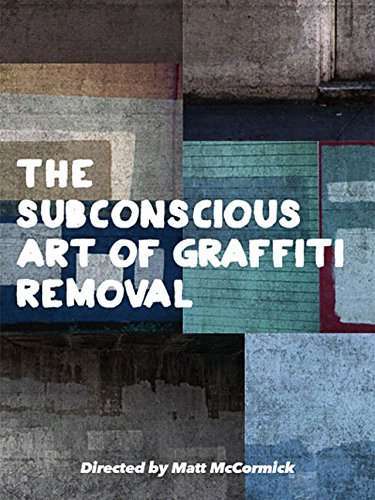
If you like this film, let us know!
Length 16minutes
OriginUSA
Themes Documentary films about the visual arts, Documentaire sur une personnalité, Documentary films about cities
Rating73%










The Subconscious Art of Graffiti Removal (USA, 2001, 16 min) is an experimental documentary directed by filmmaker Matt McCormick and narrated by Miranda July based on original ideas and concepts of Avalon Kalin, that makes the tongue-in-cheek argument that municipal efforts by Portland, Oregon to mask and erase graffiti is an important new movement in modern art stemming from the repressed artistic desires of city workers. The film screened at such venues as the Sundance Film Festival and the Museum of Modern Art and received both critical and popular acclaim.
Actors

Miranda July
(Narrator)
Comments
Leave comment :
Suggestions of similar film to The Subconscious Art of Graffiti Removal
There are 3 films with the same actors, 2806 films with the same themes (including 3 films with the same 3 themes than The Subconscious Art of Graffiti Removal), to have finally 70 suggestions of similar films.If you liked The Subconscious Art of Graffiti Removal, you will probably like those similar films :
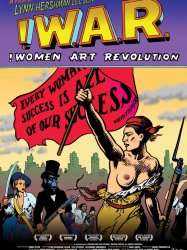 , 1h23
, 1h23Origin USA
Genres Documentary
Themes Feminist films, Documentary films about the visual arts, Documentaire sur une personnalité, Documentary films about politics, Political films
Actors Miranda July, Yoko Ono, Carolee Schneemann
Rating66%





!Women Art Revolution explores the "secret history" of feminist art, through conversations, observations, archival footage, and works of visionary artists, historians, curators and critics. Starting from its roots in 1960s antiwar and civil rights protests, the film details major developments in feminist art through the 1970s and explores how the tenacity and courage of these pioneering artists resulted in what is now widely regarded as the most significant art movement of the late 20th century.
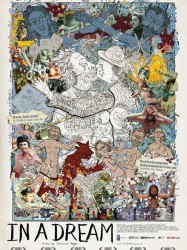
In a Dream (2009)
, 1h18Origin USA
Genres Documentary
Themes Documentary films about the visual arts, Documentaire sur une personnalité, Documentary films about cities
Rating74%





In a Dream is a documentary about Philadelphia-based artist Isaiah Zagar that was filmed and directed by his son, Jeremiah. Isaiah is famous for his complex, highly detailed mosaics, which cover 50,000 square feet (4,600 m) of South Philly with elaborate designs made from tiles and mirror pieces. These mosaics chronicle his relationship with his wife, Julia, and make him a dominant figure in the city’s arts scene. Zagar reveals many personal details of his life during the film, including revelations about his childhood and the existence of an adulterous relationship that threatens to tear his family apart.
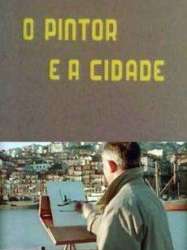
The Artist and the City (1956)
, 26minutesDirected by Manoel de Oliveira
Origin Portugal
Genres Documentary
Themes Documentary films about the visual arts, Documentaire sur une personnalité, Documentary films about cities
Rating70%






I Build the Tower (2006)
, 1h27Genres Documentary
Themes Documentary films about the visual arts, Documentaire sur une personnalité, Documentary films about cities
Rating79%





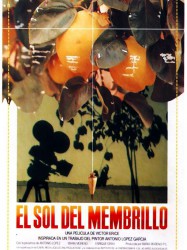
Dream of Light (1992)
, 2h18Directed by Victor Erice
Genres Drama, Documentary
Themes Peinture, Documentary films about the visual arts, Documentaire sur une personnalité
Rating76%





The film begins by showing Antonio López García as a very meticulous painter. He drives in pegs to mark his stance, hangs a weight and uses strings to determine the symmetry and center of his painting. His first attempt starts out peacefully but he soon encounters problems due to the weather and the size of his canvas. As García and a friend discuss Michelangelo's The Last Judgement, painted when Michelangelo was in his 60s, which García is fast approaching, the film's subject takes shape as the relationship between the artist's work and his own mortality. García's future attempts are much more rushed and frantic as he struggles to compete with the weather, the fleeting sun and the rotting and weighed down fruit in maintaining his vision.

Trumbo (2007)
, 1h36Directed by Peter Askin
Origin USA
Genres Documentary, Historical
Themes Films about writers, Documentary films about business, Documentary films about the film industry, Documentary films about historical events, Documentaire sur une personnalité, Documentary films about cities, Political films
Actors Dalton Trumbo, Joan Allen, Michael Douglas, Liam Neeson, Paul Giamatti, Josh Lucas
Rating73%





En se concentrant sur la vie de Dalton Trumbo (1905-1976), ce film examine les effets sur les individus et les familles de la poursuite par le Congrès des communistes d'Hollywood après la Seconde Guerre mondiale. Trumbo était l'un des nombreux écrivains, réalisateurs et acteurs qui ont invoqué le premier amendement en refusant de répondre aux questions sous serment. Ils ont été mis sur la liste noire et emprisonnés. Nous suivons Trumbo en prison, en exil au Mexique avec sa famille, dans la pauvreté, dans le rejet public de ses enfants, dans ses écrits sous d'autres noms, et dans une éventuelle mais incomplète réhabilitation. Des acteurs lisent ses lettres ; ses enfants et ses amis se souviennent et commentent. Des photos d'archives, des films d'actualités et des interviews ajoutent de la texture.
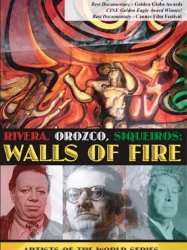
Walls of Fire (1971)
Origin USA
Genres Documentary
Themes Documentary films about the visual arts, Documentaire sur une personnalité
Rating67%





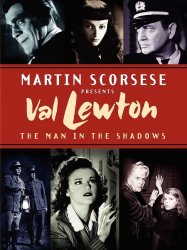 , 1h17
, 1h17Origin USA
Genres Documentary
Themes Documentary films about business, Documentary films about the film industry, Documentaire sur une personnalité, Documentary films about cities
Actors Martin Scorsese, Elias Koteas, Roger Corman, Ann Carter, Kiyoshi Kurosawa, Val Lewton
Rating73%






Searching for Debra Winger (2002)
, 1h37Directed by Rosanna Arquette
Origin USA
Genres Documentary
Themes Films about films, Feminist films, Films about television, Documentary films about business, Documentary films about the film industry, Documentaire sur une personnalité, Documentary films about cities, Political films
Actors Patricia Arquette, Rosanna Arquette, Julia Ormond, Emmanuelle Béart, Hilary Shepard, Daryl Hannah
Rating63%





Le film présente une interview de l'actrice Debra Winger qui s'est brusquement retirée de l'industrie du cinéma alors qu'elle était au sommet de sa carrière (bien qu'elle ait depuis repris son activité d'actrice). Il met en parallèle des interviews d'autres actrices célèbres.
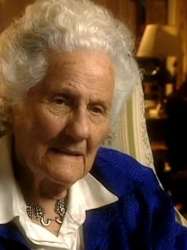
Throwing Curves: Eva Zeisel (2002)
, 1hOrigin USA
Themes Documentary films about the visual arts, Documentaire sur une personnalité
 Connection
Connection